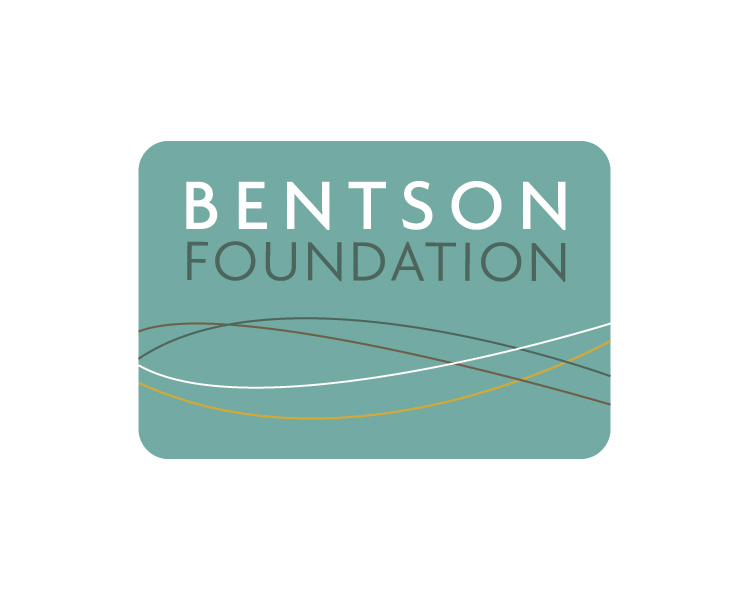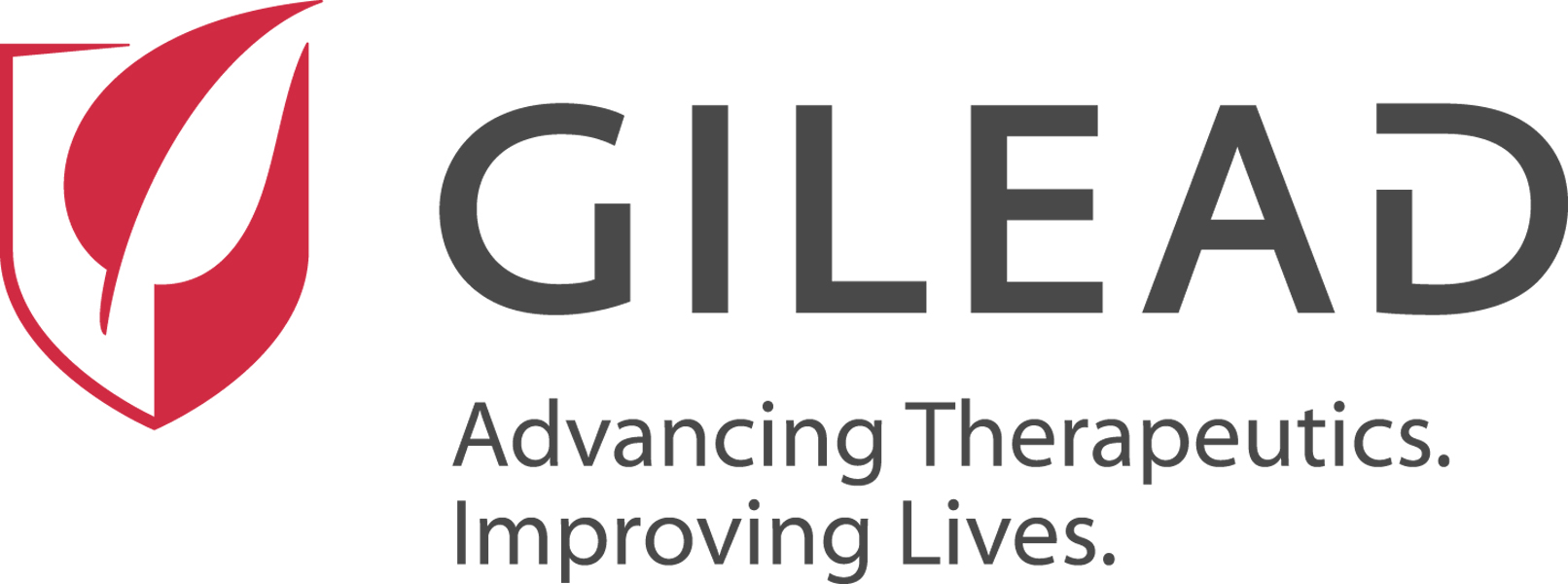Limited, indirect evidence from lab studies suggests that homemade fabric masks may capture large respiratory droplets, but there is no evidence they impede the transmission of aerosols implicated in the spread of COVID-19, according to a paper published yesterday by the National Academy of Sciences, Engineering, and Medicine.
In the paper, the National Academies' Standing Committee on Emerging Infectious Diseases and 21st Century Health Threats said that, because no studies have been done on the effectiveness of cloth masks in preventing transmission of coronavirus to others, it is impossible to assess their benefits, if any.
The paper was prepared by committee members Richard Besser, MD, of the Robert Wood Johnson Foundation, and Baruch Fischhoff, PhD, of Carnegie Mellon University, and two subject matter experts contributed. It was approved by Committee Chair Harvey Fineberg, MD, PhD, and was peer-reviewed by seven additional US experts.
In the absence of widespread availability of more effective protection and to preserve surgical masks and respirators for healthcare workers, homemade fabric masks have been proposed to limit spread of coronavirus by wearers who might be contagious but are asymptomatic or pre-symptomatic. The US Centers for Disease Control and Prevention recently endorsed their use.
Many factors at play in gauging effectiveness
Committee members point out that research suggests that COVID-19 can spread via invisible droplets as small as 5 microns and by tiny bioaerosol particles as well as via visible respiratory droplets just by breathing.
Infected yet asymptomatic people are of particular concern because the particles they breathe are predominantly bioaerosols. "To complicate matters further, different individuals vary in the extent to which they emit bioaerosols while breathing," they said.
Because different masks have different filtering capacities and the role of droplet size on disease transmission is unknown, it is difficult to predict the effectiveness of these masks, the authors said. "The extent of any protection will depend on how the masks are made and used," they wrote. "It will also depend on how mask use affects users' other precautionary behaviors, including their use of better masks, when those become widely available."
Those behaviors may reduce or enhance homemade fabric masks' overall effects on public health, they noted. "The current level of benefit, if any, is not possible to assess," they said.
Michael Osterholm, PhD, MPH, director of the Center for Infectious Disease Research and Policy (CIDRAP), who contributed to the paper along with Sundaresan Jayaraman, PhD, of the Georgia Institute of Technology in Atlanta, said in his weekly CIDRAP podcast yesterday that, because aerosols likely play an important role in coronavirus transmission, cloth masks will do little, if anything, to limit spread of the disease.
Even more, he worries that encouraging cloth masks is emboldening people to try to get surgical masks for better protection, taking them away from frontline healthcare workers, who desperately need them. "If we're right now in a major shortage status—and we will be for the kind of N95 and surgical mask protection—the public should not ever try to get these," he said.
CIDRAP publishes CIDRAP News.
Research needed on effectiveness, precautions
In the report, the committee members called for research to yield clear instructions on how to properly make, fit, use, and clean homemade fabric masks.
Studies also need to explore estimates of the protection that such masks afford users and others in different settings (eg, in places in which the likelihood of contact is higher, like grocery stores, compared with wearing masks everywhere), they wrote. In addition, they said data need to be gathered on effective reinforcement of other precautions, such as physical (social) distancing.
"That research could provide policy makers with estimates of the net effect of encouraging use of homemade cloth masks on public health, with realistic estimates of how such masks will be made and used, as well as how they will affect other precautionary behaviors of users and others who observe and interact with them," they said.






















